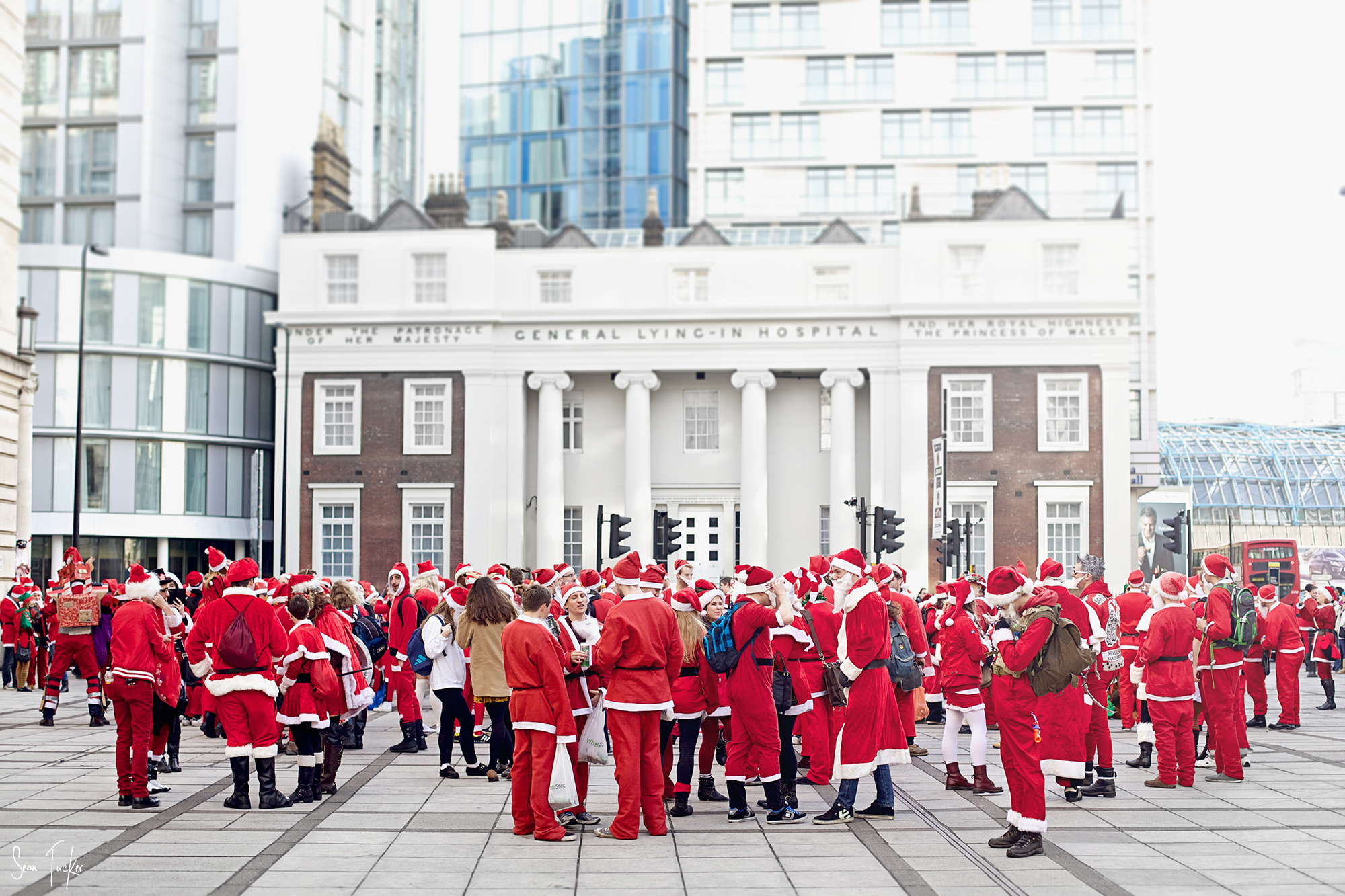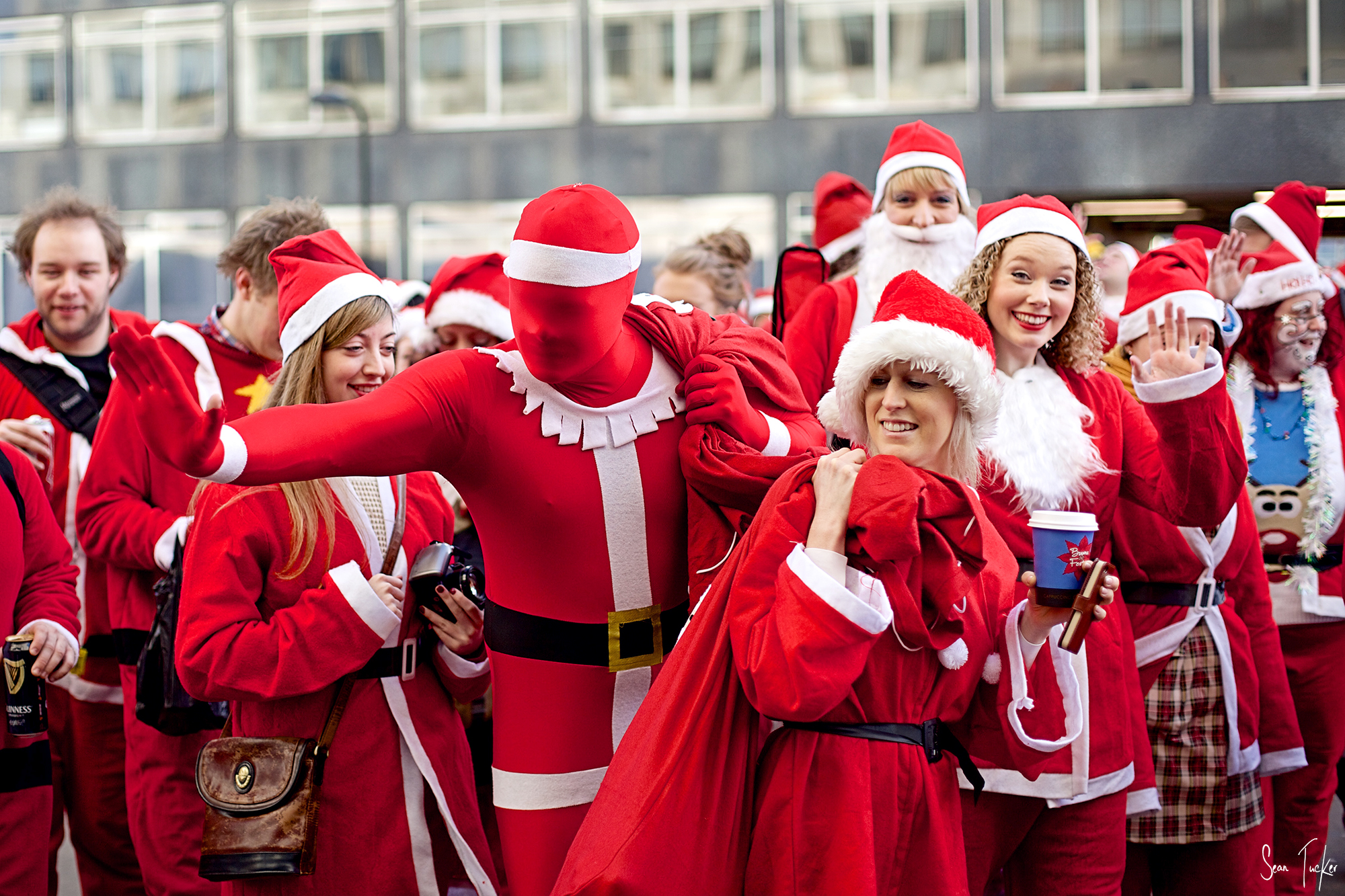I follow too many blogs. I read too much techy info and lust after too much gear. Whilst the intention is to get as much info as I can to become a better photographer, I think it's possible get to the stage where all this is just noise. You have a mountain of facts and techniques to draw on, but zero direction. Somewhere along the way I believed that the more I found out, the more my specific 'photography trajectory' would just organically slide into focus.
Am I to be a headshot photographer, fashion photographer, event photographer, journo photographer, still life photographer? Reading blogs hasn't made that clearer to me. In fact, if anything, it keeps me interested in all of them.
I've felt this keenly in the recent, busy months. I've shot all of the above with models, and products, and street, and documentary, and shows, and weddings... but the problem is I don't have any clear direction for the future. Am I going to just shoot a bit of everything forever, being a photographic 'jack-of-all-trades'?
Then I got to thinking about who my photography heroes are. Let me visually introduce you to a few of them:
Gregory Heisler
Steve McCurry
www.stevemccurry.com
Don McCullin
www.contactpressimages.com/photographers/mccullin/mccullin_bio.html
Joey L (specifically his Africa and Varanasi Portraits)
www.joeyl.com
While I was thinking about these guys who are an inspiration to me, two things were immediately clear.
1. These photographers are known for a style, which includes subject matter, composition, editing etc etc. They don't 'also shoot weddings'. These guys do one thing very, very well.
At some point I have to choose what it is I shoot. I may feel right now that I need to shoot a bit of everything to keep the scant work flowing in, but the irony is that if I focused it down I would likely pick up more consistent work in the long run because I am the go-to guy for 'x'... if I'm good enough.
I suppose the old saying, "if you aim at nothing, you'll hit it every time" applies here.
I will consider myself a success when I have a smaller website, with less material on it, not more. I will have a defined idea of who I am as a photographer when I have ceased chasing the blogs for techniques, tricks, tips and tools, and have locked into something I love and put my head down to be the best at it I can be.
2. So the obvious question is what will I choose? What do I want to shoot? What resonates with me? it might be obvious to you because I laid it out in this post, but it dawned on me slowly. I looked at these images from my heroes and realised that the images which resonate with me are actually very specific.
It's people photography, and the sort of people photography where the individuals have stories etched into their features.
It's photography which gets in close. It's capturing subjects willing to be vulnerable enough to stare down the lens at you and offer you a bit of themselves to freeze in your frame.
These are the shots I want to be taking. If I could choose (and I must choose) what my photography will become, this would be it.
I know that this sort of photography isn't lucrative any more. I know that this sort of journalism is going through huge changes which leave less and less opportunities to make a career out of it, but I can't help it. This is the stuff which speaks to me.
So I need to try. I need to work out ways to overcome my shyness in shooting strangers. I need to find a style which I can own, and then keep it simple. I need to invest time and energy, because it's work the risk.
I suppose the challenge I want to leave with you, especially if, like me, you are struggling to find a direction for your work to focus on: look at your heroes. There is likely a clear thread there staring you in the face, which you just need to pick up and follow. Start to hone in on shooting the work which really resonates with you.
I still don't know the way forward, but having a direction to face, even without having taken the first step yet, feels like huge progress.
























